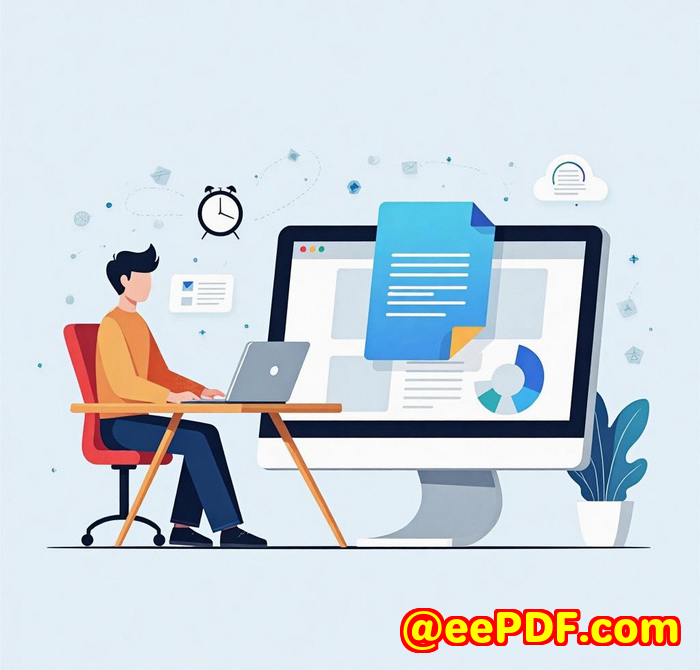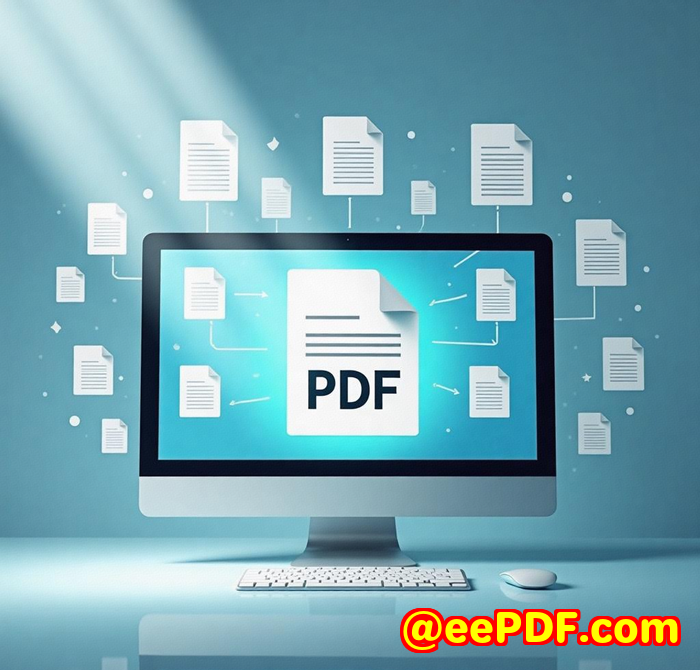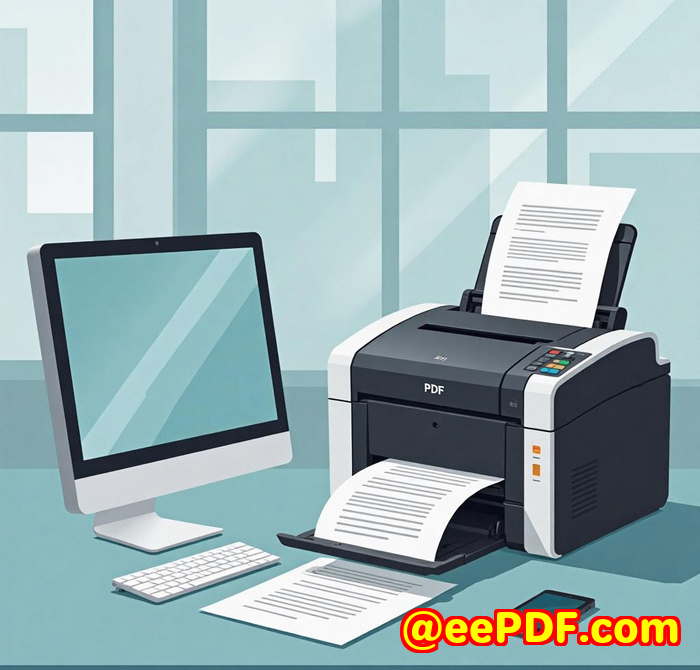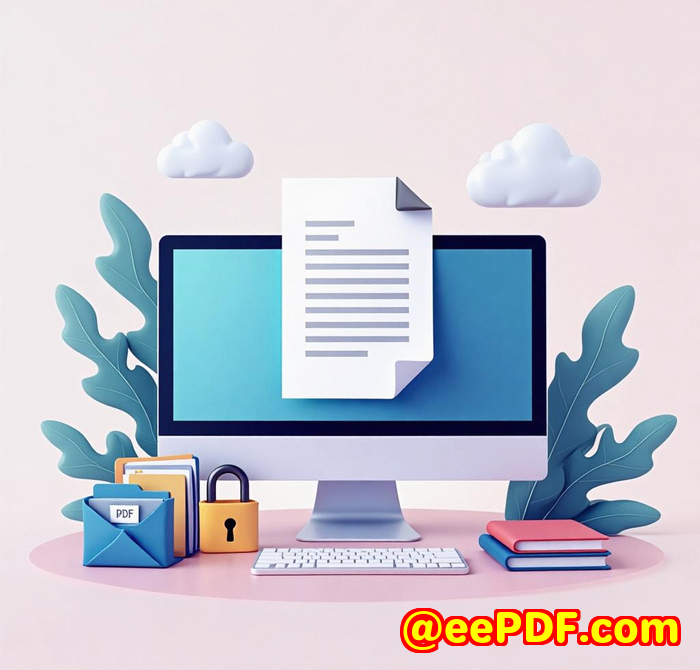From Scanned Invoices to Editable Excel imPDF API for OCR-Powered PDF Data Conversion
From Scanned Invoices to Editable Excel: imPDF API for OCR-Powered PDF Data Conversion
Every week, I found myself buried under heaps of scanned invoices and PDFs that needed turning into usable Excel sheets. The kind of stuff that should be straightforward, but instead eats up hours with manual data entry and guesswork. If you've ever been there, staring at an endless pile of scanned documents, wondering how to get those numbers into a spreadsheet without losing your mind, this story's for you.
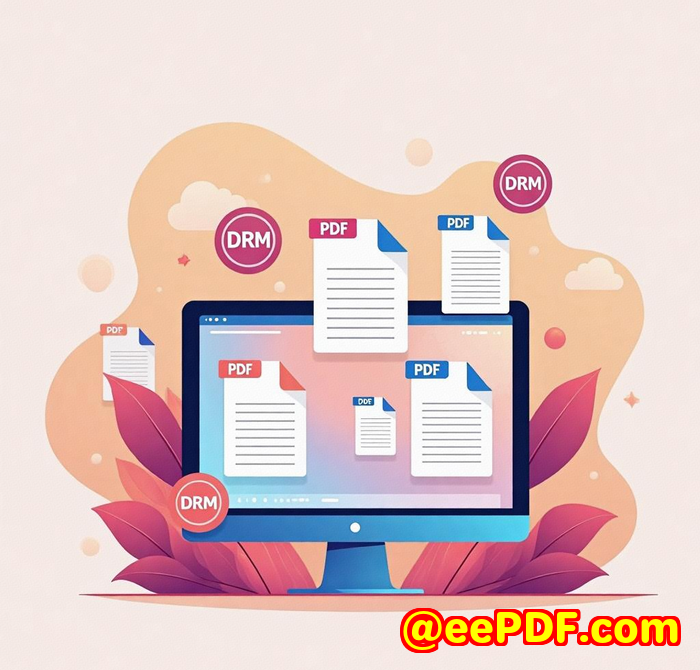
For years, I tried all sorts of tools to convert PDFs into Excelsome clunky, others expensive, but none quite nailed it. Then I stumbled upon the imPDF Cloud PDF low-code REST API, a game-changer in automating PDF data extraction and conversion. This tool doesn't just convert PDFs; it intelligently reads scanned documents and transforms them into clean, editable Excel files, cutting down my workload dramatically.
So, what exactly makes this imPDF API stand out?
At its core, imPDF is a cloud-based REST API designed for effortless PDF processing. Built on Adobe PDF Library technology, it offers powerful and precise handling of PDFs especially scanned ones, thanks to its integrated OCR (Optical Character Recognition) capabilities. Whether you're in finance, legal, healthcare, or any field handling piles of documents, this API is tailored to automate your workflows with minimal coding.
Here are some features that blew me away:
-
OCR-powered PDF to Excel conversion: Instead of manually copying data, imPDF extracts tables from scanned invoices, receipts, and reports with remarkable accuracy. It recognises columns, rows, and even complex layouts, converting them into neat Excel spreadsheets ready for analysis.
-
Cloud and self-hosted flexibility: You can quickly get started with the cloud version, no setup needed, or opt for a self-hosted deployment if you need tighter control over your data and infrastructure.
-
Fast API calls with minimal code: You don't need to be a coding wizard. A simple API key, a few lines of code, and your documents are converted on the fly. This speeds up integration into existing apps or batch workflows.
-
Secure and HIPAA-compliant: For industries handling sensitive information, imPDF ensures your data privacy is rock solid no documents linger on servers unless you specify.
Here's how it played out in real life for me:
I was dealing with hundreds of scanned invoices monthly, trying to prepare financial reports. Before imPDF, this meant painstakingly typing or using unreliable OCR tools that missed data or jumbled tables.
With imPDF, I simply pointed the API to the scanned PDFs. In minutes, I had Excel files with perfectly extracted tables no missing fields, no format chaos. It even handled invoices where the layout varied between suppliers. Plus, I could automate the whole process, letting the API run conversions overnight.
Compared to other PDF to Excel converters I tried, imPDF's OCR accuracy was consistently higher, especially on tricky scans with faded text or unusual fonts. Other tools struggled or required manual fixes, but imPDF cut the time in half, sometimes more.
Beyond invoices, imPDF's PDF to Office API lets you convert PDFs to Word or PowerPoint, which helped when dealing with scanned contracts or presentation materials. The PDF Forms API also came handy for extracting data from interactive PDFs without manual input.
If you're a developer, imPDF's low-code REST API is a blessing. The documentation is clear, and you can quickly embed PDF processing in your apps, saving days of custom development.
Who benefits most from imPDF?
-
Accountants and finance teams drowning in scanned bills and reports
-
Legal teams handling contracts and affidavits that need digitising
-
Healthcare admins processing scanned medical forms under tight compliance
-
Developers building apps that require document conversion and data extraction
-
Businesses automating document workflows to reduce errors and save time
What really sets imPDF apart are the combination of accuracy, speed, and flexibility. It's not just about converting a PDF to Excel; it's about integrating reliable document processing into your operations without headaches.
To sum it up, if you're tired of wrestling with scanned PDFs and want to automate data extraction into Excel or other Office formats, the imPDF Cloud PDF low-code REST API is a solid bet. It saved me countless hours and gave me peace of mind that my data was accurate and secure.
I'd highly recommend this to anyone dealing with large volumes of scanned PDFs or complex document workflows. Give it a go you can start for free in seconds and see how much time it frees up in your daily grind.
Click here to try it out for yourself: https://impdf.com/
imPDF Custom Development Services
imPDF doesn't just stop at ready-made APIs. If you have specific technical challenges or want a tailored PDF processing tool, imPDF offers custom development services across a broad tech spectrum:
-
Windows, Linux, macOS, iOS, Android platforms
-
Languages like Python, PHP, C/C++, JavaScript, C#, .NET
-
Virtual Printer Drivers for PDF, EMF, PCL, TIFF generation
-
Hook layers to intercept Windows APIs and file access
-
Barcode recognition and generation
-
OCR and table recognition on scanned TIFF and PDF documents
-
Document form and report generators
-
Cloud-based digital signatures, DRM protection, and more
If your workflow demands something unique or deeply integrated, reaching out to imPDF's support centre at http://support.verypdf.com/ can get you started on a customised solution.
FAQs
1. Can I try imPDF's OCR-powered PDF to Excel conversion for free?
Yes, you can start with a free trial on the imPDF website and explore all features without upfront costs.
2. How accurate is imPDF's OCR on scanned documents?
The API uses advanced OCR technology that handles complex layouts, faded text, and various fonts with high accuracy, outperforming many competitors.
3. Is my data safe when using imPDF Cloud API?
Absolutely. imPDF is HIPAA-compliant and offers options to send converted files directly to your own storage like Amazon S3, ensuring privacy and security.
4. Can I integrate imPDF into my existing applications easily?
Yes, the low-code REST API is designed for quick integration, with straightforward API calls and detailed documentation to help developers.
5. What types of documents can I convert besides invoices?
imPDF supports PDFs with forms, contracts, reports, presentations, and even HTML to PDF/image conversions, making it versatile for many industries.
Tags/Keywords
-
OCR PDF to Excel conversion
-
Scanned invoice data extraction
-
PDF low-code REST API
-
Automate PDF processing
-
PDF to Office API
If you've been struggling to turn scanned PDFs into actionable Excel data, imPDF's API is the tool to try next. It's reliable, flexible, and designed to simplify your document workflows with minimal fuss. Give it a shot and see how much easier managing your scanned invoices can be.
